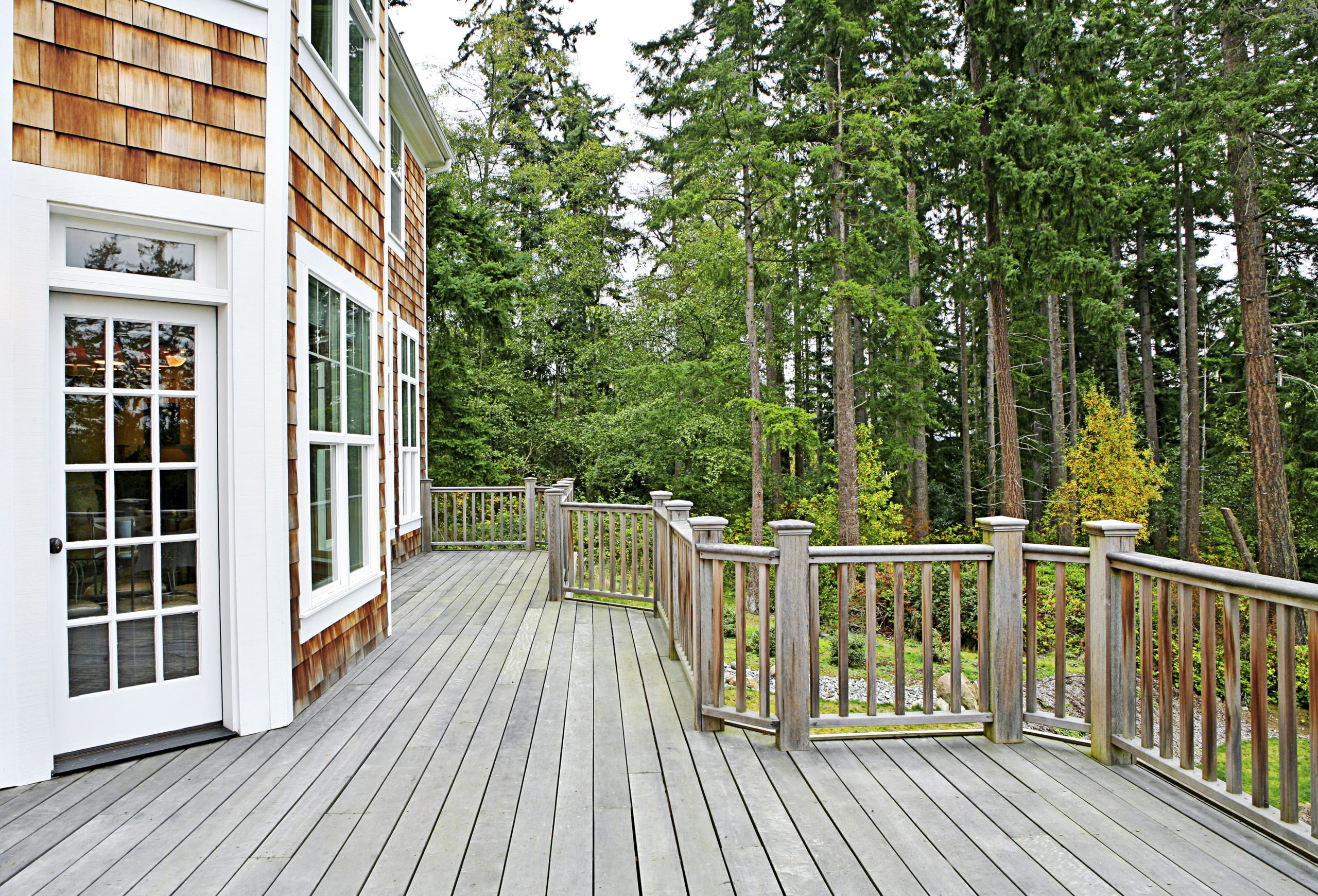Having trees on your property not only adds a gorgeous aesthetic charm, but provides a number of other amazing benefits as well, such as filtering more CO2 from the atmosphere, and even providing your home with additional privacy.
But, what happens when a tree’s roots grow too close to your home? And is there a way to prevent them from doing so?
In this article, we’re going to look at what happens when a tree’s roots invade your foundation, and the various methods you can adopt to prevent it from happening to you (or again in the future).

This is what happens when Tree Roots Invade Your Foundation
For the most part, roots don’t often cause significant damage to concrete foundations. Certainly, on the occasion, roots can find their way through existing cracks and make them bigger. However, so long as you are able to maintain the foundation of your home, it’s not likely that you will have too many issues.
That being said, if you have an especially strong tree on your property, then you may end up with some serious issues if left unchecked.
Here are some signs to watch out for, and what an unruly root system can do to your property:
- Cracks beginning to form in your foundations
- Vertical cracks appearing on the walls of your house
- Cracked and/or shattered windows that have appeared with no visible evidence of trauma
- Door frames and windows appear to be uneven
- The floor of your foundation begins to buckle
As mentioned above, it is rare that roots will cause serious foundational damage. There are many other factors that might influence that, such as the roots disrupting the soil under your home, thus leading to foundational cracks and other structural issues.
As such, it is worth doing a little more investigation before assuming that it is the roots of your trees causing the issue, and not something else. You could almost say that it’s worth identifying the “root” cause of the issue first, before taking action (worth it).
A good place to begin your investigation is by digging around the foundation near your trees and looking to see where their roots grow, and whether they grow down, or are indeed encroaching on the foundation of your home.

How do I keep tree roots from growing under my house?
So, how can you prevent roots from growing under your house? Here are some methods you can try to adopt to prevent any further damage from occurring:
- You can install root barriers before you plant any trees. These will essentially deflect the root and encourage them to grow deeper into the ground, rather than across and toward your home.
- You may also want to consider cutting off the offending roots. However, you must be mindful of the fact that certain species of trees may die, even with a small portion of their roots having been removed. In this case, you should really consult a professional arborist to advise you. They may be able to help you cut back the roots without too much detriment to the tree, coupled with the installation of root barriers.
- The next option is to cut down the tree entirely and remove the root system. Unfortunately, sometimes a tree can grow so quickly—and to an extent where the root growth is simply out of control. In order to save your home, in this case, you should call a tree removal expert to assist you. Ultimately, the cost of tree removal is nothing compared to repairing the structural integrity of your home.
Does cutting back a tree reduce root growth?
Does cutting back a tree reduce root growth? The answer is yes. In fact, the pruning of a tree can affect root growth, to some extent. This is because pruning away active branches will inhibit the tree’s ability to produce food, and as a consequence, there will be less root growth taking place. However, whilst pruning may help to slow this process down, it isn’t necessarily an effective way to control root growth entirely.
Again, consult your local arborist for advice and assistance with this. The cost of tree lopping is a worthwhile investment if you can slow down the root growth process. That, coupled with the fact that regular pruning can promote strong future health for certain trees is an added benefit.
What happens if tree roots burrow under pathways and sidewalks?
It’s not just the home itself that can be under threat of rapid root growth, but sidewalks, driveways, and patios. In this case, roots can cause some seriously dangerous issues.
As the concrete begins to crack and bubble, certain pieces may stick out and pose a tripping hazard. This is especially dangerous if your tree is encroaching on public walkways. If somebody becomes seriously injured, you may be liable.
Here are some tell-tale signs if you suspect your trees may be disrupting your pathways:
- Cracks that run across the concrete
- Roots that bump up earth leading toward said cracks
- Buckling / non-flush slabs
In order to try and remedy the situation, you can adopt the following tactics mentioned above.
What happens if tree roots affect your plumbing?
It’s not uncommon for tree roots to grow towards plumbing as they can find small sources of water (e.g., a small crack or loose bolt). In this case, they can cause serious structural issues to your utilities.
Here are some common tell-tale signs of roots interfering with plumbing utilities:
- Slow flowing drains
- Clogged drains that don’t respond to common fixes
- Changes in your water pressure (whether subtle or substantial)
More often than not, you won’t have to kill or remove your tree entirely if it grows into your sewer system. Again, in this situation, your best bet is to contact your trusted local arborist and have them cut back and remove the offending portion of the tree, and then have a plumber repair or replace the pipe entirely.
Conclusion
We hope that you have found this article helpful. Hopefully, with a quick visit from your arborist, they can help to identify and rectify the problem before any serious and irreparable damage is caused to your property. Keep an eye out for the tell-tale signs and contact the relevant experts at your earliest convenience.







